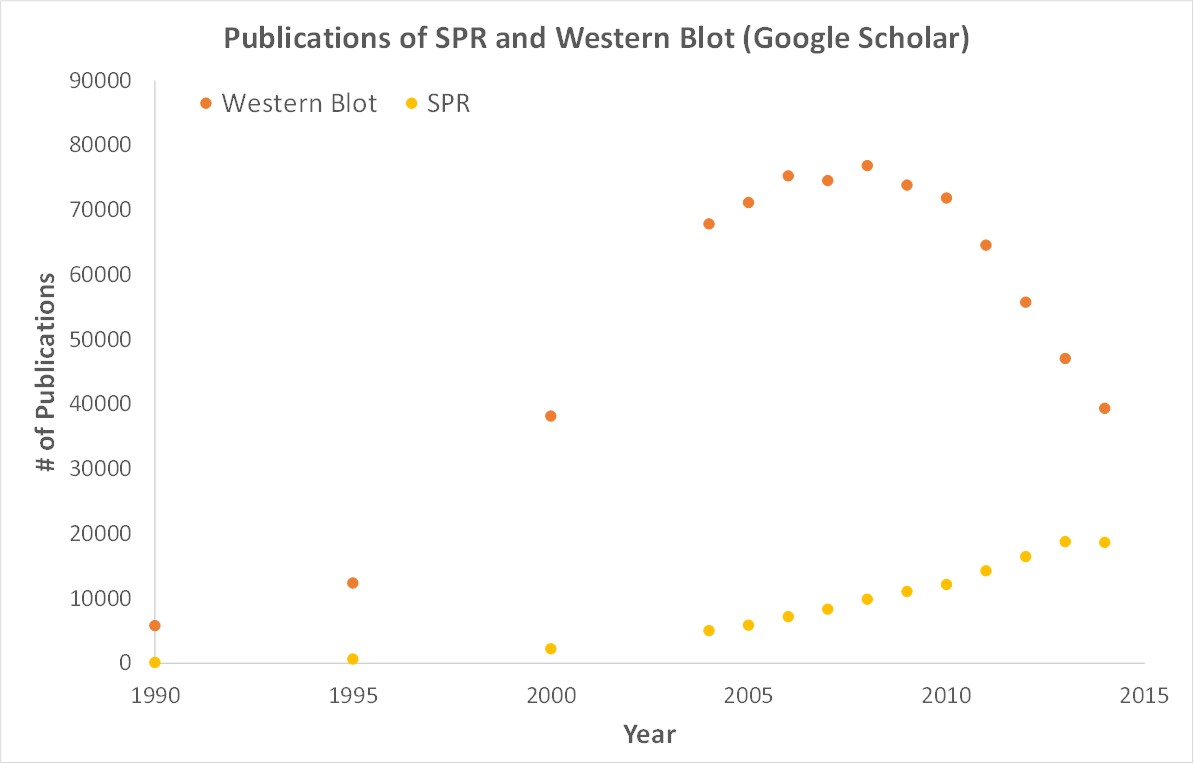The human nervous system is a complex collection of over 100 billion nerve cells that regulate countless processes within the body. Within the processes of the muscular system, nerve and muscle cells are united with the neuromuscular junction (NMJ), playing a vital role in the development of neuromuscular diseases. The NMJ is also responsible for confidently propagating action potentials across this chemical synapse to carry out proper muscular maneuvers. If the NMJ fails to develop properly, neuromuscular diseases such as congenital myasthenic syndrome and myasthenia gravis can result. These diseases confer severe muscle weakness and will cause mobility and respiratory complications, among many others.
There are a number of biochemical events that must occur for proper innervation of muscle fibres and establishment of the NMJ; agrin secretion by motor nerve terminals, agrin’s interaction with the LRP4/MuSK complex, and subsequent stabilization/clustering of acetylcholine receptors (AChRs). Notably, stabilization and clustering of AChRs is a paramount event for proper formation of the NMJ. Importantly, heparin has been identified as an agrin recruiting agent and therefore, it is suspected that heparin plays a role in AChR clustering. In this respect, it is imperative to engineer healthy and diseased in vitro models of NMJ formation to pinpoint where neuromuscular therapeutics may accurately target.
Dr. Kamil Godula et. al use the OpenSPR’s localized surface plasmon resonance technology to obtain key binding data in their latest publication found in ACS Chemical Neuroscience and titled, “Influencing Early Stages of Neuromuscular Junction Formation through Glycocalyx Engineering”. By using the binding kinetics data obtained from the OpenSPR, Dr. Godula’s team was able to assess heparin’s co-reception role to influence healthy neuromuscular junction development and prevent neuromuscular diseases.
About the Publication
Agrin is a massive, 217 kDa proteoglycan and is primarily known for its’ role in NMJ production and in fact, may be considered the driving biochemical force behind NMJ development. Moreover, heparin is a 12-15 kDa glycosaminoglycan and is largely known as a blood thinner. Previous work has demonstrated that in order for NMJ development to occur, stabilization and clustering of AChRs needs to take place. It is important to note that previous work also demonstrated that heparin may recruit agrin to the surface of myotubes and thereby initiate AChR clustering, but direct evidence has never been described.
In this publication, the investigators began by culturing and differentiating myoblast cells, followed by cell-surface/glycan binding arrays and AChR clustering assays. These experiments provided the key, direct evidence that heparin acts as a co-receptor to recruit agrin which in turn, induces AChR clustering and subsequent NMJ development. Importantly, the investigators postured that it may be possible to control agrin-mediated clustering and NMJ development by engineering glycopolymers. Subsequently, the investigators synthesized heparan sulfate (HS) mimetics to test this hypothesis. Upon completion of microarray assays with agrin and HS mimetics, the investigators promptly recruited surface plasmon resonance to further explore the kinetic parameters of their interactions of interest.
Why was OpenSPR instrumental for this research?
Surface plasmon resonance (SPR) studies conducted by Ember Tota, PhD graduate student, were used to quantitatively understand the interaction between agrin and an HS mimetic, and native heparin. Untagged agrin was immobilized on a carboxyl sensor chip via EDC/NHS coupling and 3 concentrations of each glycopolymer were injected into the instrument. D2A6 and GlcNAc6S were injected at 900, 300 and 100 nM, while heparin was injected at 200, 40 and 8 nM. Notably, the HS mimetic, D2A6, maintained a KD value of 6.0 nM, similar to that of native heparin at 1.6 nM. Importantly, these data indicate that HS mimetics are appropriate actors for co-reception of agrin to induce AChR clustering and thereby, it’s more than possible to engineer other, high-affinity mimetics for in vitro NMJ development models. In vitro NMJ models will assist future studies in understanding synaptic disease and possible neuromuscular therapeutics.
Why is SPR critical for publications? How does OpenSPR help?
SPR is a label-free technology which allows researchers to quantitatively analyze binding between two biomolecules. SPR technology allows us to determine the kon, koff and KD of interactions, providing deeper insight into binding events compared to other techniques that only give endpoint measurements, such as pull-down assays. SPR is necessary not only for publications but for the advancement of many fields of medicine and medical research as can be seen below with the significant increase in publications that rely on SPR data.

Scientific publications involving SPR have increased drastically over the years. SPR has become fundamental for publications while traditional techniques like Western Blots are becoming less important.
OpenSPR is a user-friendly and low maintenance benchtop SPR solution that is currently being used by hundreds of researchers. With access to SPR technology on your own lab bench you can get the high-quality data you need to accelerate your research and publish faster.
